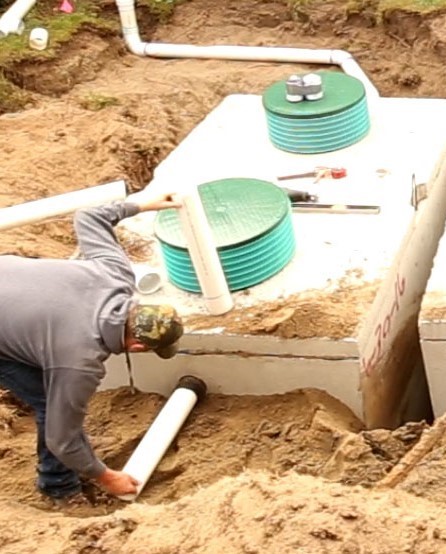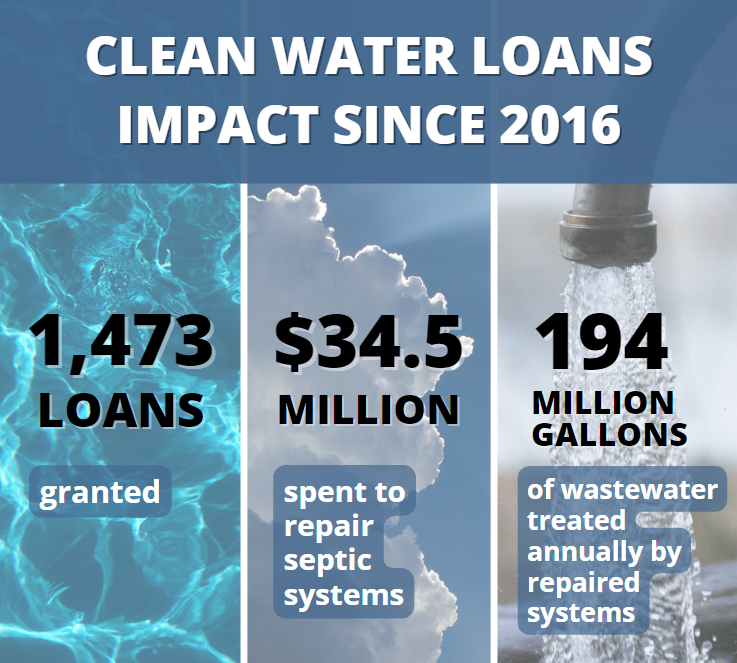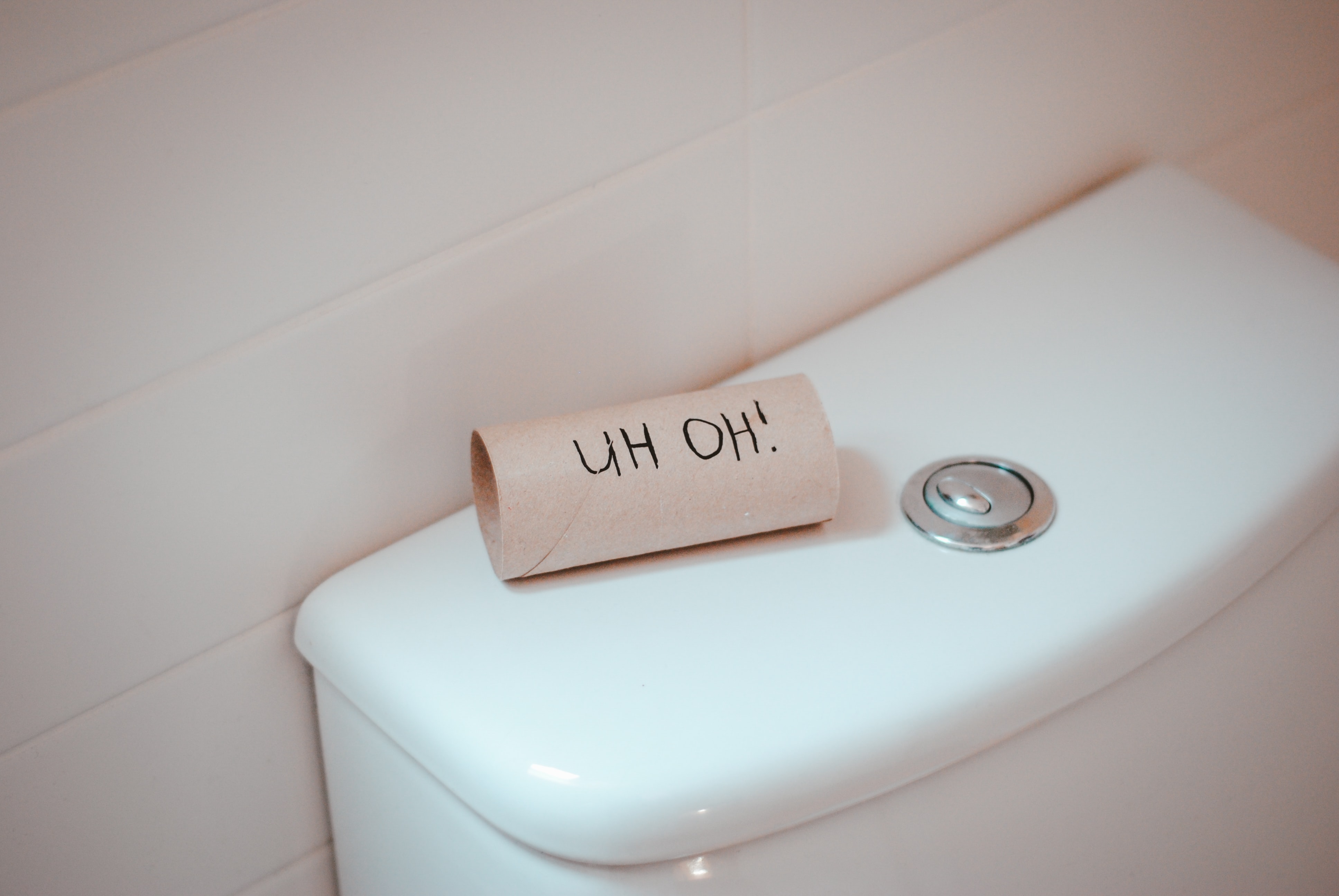Wastewater may not be a popular topic, but well-functioning septic systems benefit everyone and require attention to stay in working order. The seven SepticSmart Quick Tips below are a helpful guide for maintaining your septic system. And, if you suspect your system requires costly fixes or replacement, don’t panic! Ecology’s partnership with Craft3 means Clean Water Loans are available to homeowners across Washington.
How can Clean Water Loans help?
When a septic system fails, it's often costly to replace or repair it. For homeowners, the situation can be urgent. To help alleviate the unexpected and often high cost of repairing or replacing a septic system, Ecology has a partnership with the Department of Health, local health departments, and Craft3 — a regional nonprofit.
These Clean Water Loans are an option for homeowners to finance septic system repair and replacement. The loans can cover permitting, design, and installation costs. This program can offer lower rates and more flexibility for lower-income borrowers, and loans are accessible to those who don’t have perfect credit.
Since the program’s launch in 2016, over 1,400 septic systems, worth $34.5 million, have been repaired or replaced. Those systems treat 194 million gallons of wastewater annually — the equivalent of 294 Olympic-sized swimming pools.
Visit Craft3’s Clean Water Loans webpage to learn more and apply for a loan.
Why is there a special week dedicated to septic systems?
Septic systems are an excellent way to treat residential or small business wastewater in areas where a sewer system is not available. Roughly a third of Washington households are on septic systems. Unfortunately, the U.S. Environmental Protection Agency (EPA) estimates that up to 10% of septic systems fail annually.
These failings cause sewage backups inside homes, strange smells around drainage areas, and swamp-like conditions in drainfields. During system failures, sewage can make its way into your living area, local waterways, or groundwater supplies — posing a threat to local water quality and public health. Luckily, well-functioning and properly maintained septic systems can effectively treat household wastewater for many years.
Whether it’s changing our habits around septic system usage or replacing a failing system, we can all play a part in preventing septic system failures.
What are the basics of septic system maintenance?
Check out these SepticSmart Quick Tips from EPA to learn about proper usage and upkeep of septic systems. Each tip is linked to a short (1-2 minute) video with more information.
Think at the Sink – Learn what not to put down your kitchen sink (such as fats, oils, or greases), how to properly dispose of food waste, and how to use cleaning supplies in moderation.
Don’t Strain Your Drain – Learn about the importance of using water efficiently, staggering water use of water-based appliances, and using energy efficient appliances.
Keep it Clean – Learn about the importance of testing your well water and its relationship to your septic system.
Shield Your Field – Learn about your septic system’s drainfield, including how it works, and tips to take care of it.
Protect It and Inspect It – Learn about a typical septic system inspection, how often an inspection should be performed, and considerations for advanced systems.
Don’t Overload the Commode – Learn about what can be flushed down the toilet and what should be thrown in the trash.
Pump Your Tank – Learn about a typical septic tank pump-out service, and how a septic tank works.




